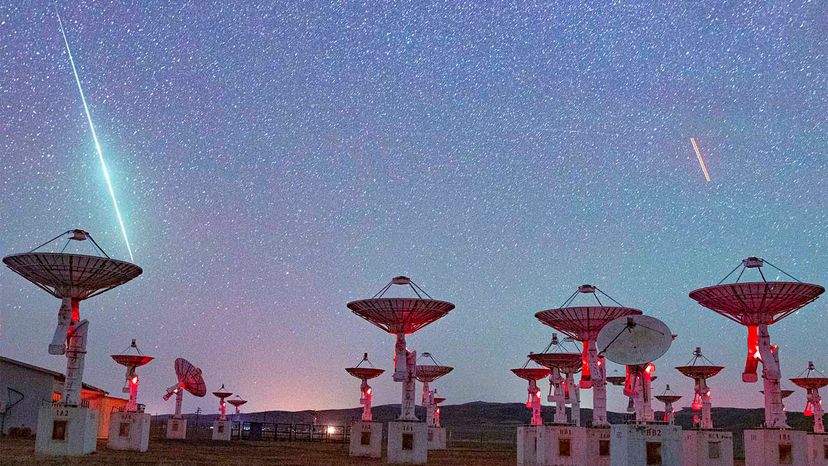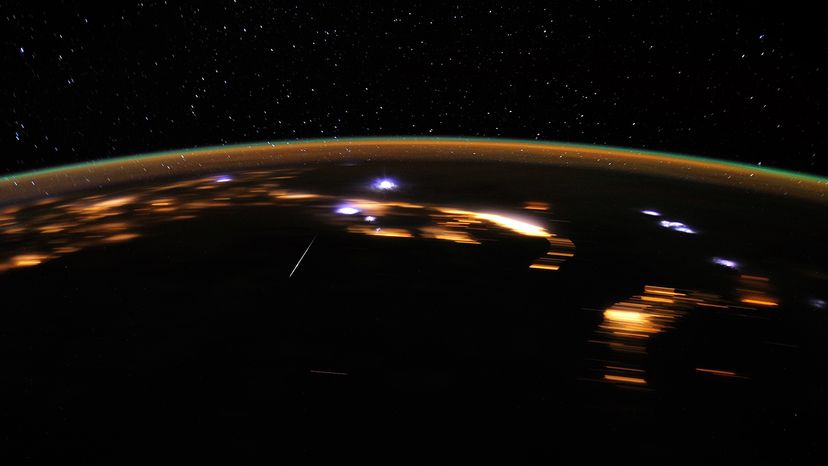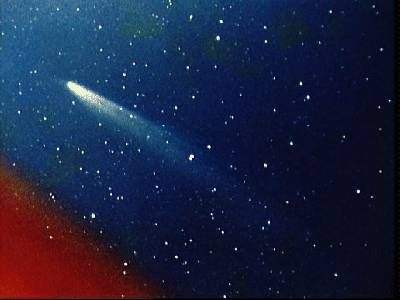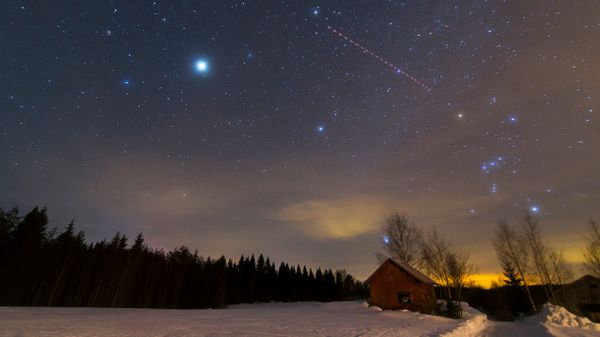
Comet Thatcher hasn't visited our part of the solar system since the American Civil War. And scientists predict that the giant hunk of ice and dust won't come back here until the year 2276. But every April, some of its debris puts on a nighttime light show enjoyed by millions of stargazers: the Lyrid Meteor Shower.
The intensity of that display varies from one year to the next, with some April showers being more spectacular than others. If conditions are favorable — and you know where to look — you can usually expect to see about 10 to 15 meteors per hour when the Lyrid shower peaks. Yet every few decades or so, they'll arrive in far greater numbers, giving us a springtime "meteor storm" of celestial activity. Usually, the show lasts from April 15 to April 29, give or take a few days. This year is no different. Stargazers can watch the Lyrid for about 10 days, but it's expected to peak the night of Saturday, April 22. And since there is no moon that night, you should have good viewing.
Advertisement



